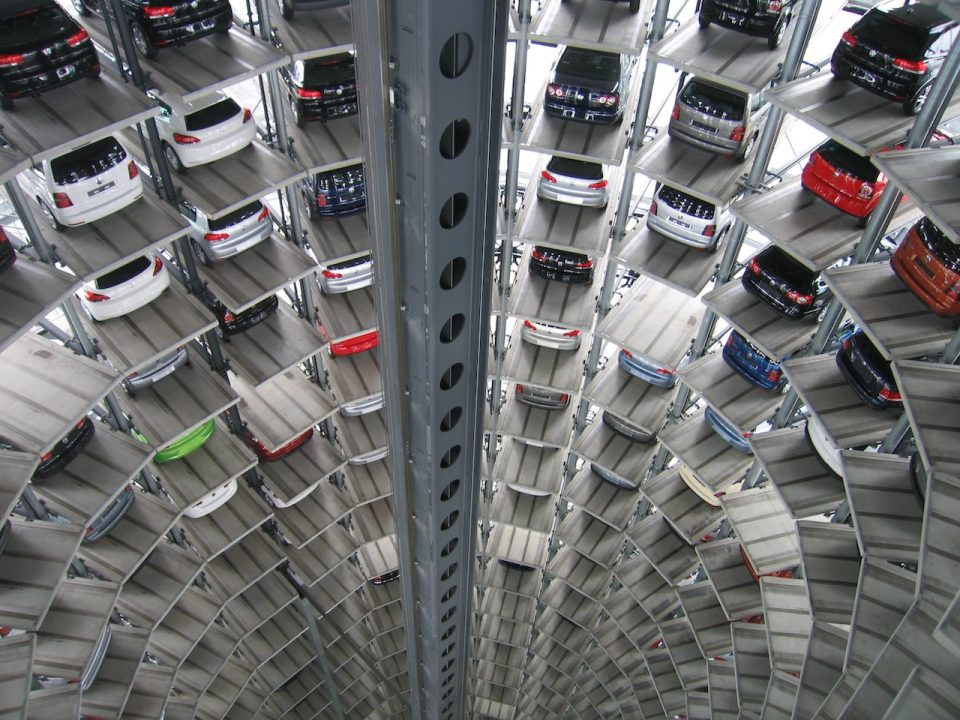Brazilian auto exports are poised to experience a substantial setback in 2023, with a projected double-digit drop compared to the previous year, cautions the automotive manufacturer association, Anfavea.
This downturn is attributed to the severe economic turmoil plaguing neighboring Argentina.
In a press release issued today, Anfavea revised its earlier estimates, now projecting a 12.7% drop in exports for 2023, anticipating only 420,000 vehicles to be shipped abroad. This marks a stark contrast from their initial forecast of a 2.9% decrease for the same period. Anfavea emphasized that the export sector has emerged as the primary concern for the automotive industry throughout the first three quarters of the year.
Argentina, poised for a pivotal presidential election on October 22nd, finds itself mired in a crisis characterized by staggering inflation rates exceeding 120% this year, a depletion of central bank reserves, and a harrowing 20% devaluation of the Peso in August. Such adverse conditions have directly contributed to the decline in Brazilian auto exports.
The first nine months of 2022 witnessed an 11.2% drop in exports compared to the preceding year. Anfavea identified market share losses in Chile, Colombia, and, notably, Argentina, as the key drivers behind this decline.
On a more optimistic note, the Brazilian domestic market has shown unexpected resilience, surpassing earlier projections. Anfavea has raised its forecast for domestic sales in 2023 to 2.23 million vehicles, reflecting a notable 6% year-on-year increase. This surge was partly spurred by a temporary government initiative launched in June, aimed at reducing vehicle prices through tax benefits. While this program provided a much-needed boost, the ensuing depletion of credits signaled an expected contraction in the market.
However, it’s worth noting that the heightened sales within the domestic market do not correspond to a similar surge in local production. Approximately two-thirds of the increased demand are met through imports. Consequently, Anfavea now anticipates Brazilian auto production to experience a marginal growth of only 0.1% in 2023 compared to the previous year, yielding 2.37 million vehicles. This stands in stark contrast to the initial projection of a 2.2% increase.
As both Brazil and Argentina navigate their economic challenges, the automotive industry is bracing for a tumultuous period ahead, with the export sector bearing the brunt of these hardships. Analysts are closely monitoring the outcomes of the upcoming Argentine presidential election, recognizing its potential to further impact the economic landscape of the region.
Source: Reuters

